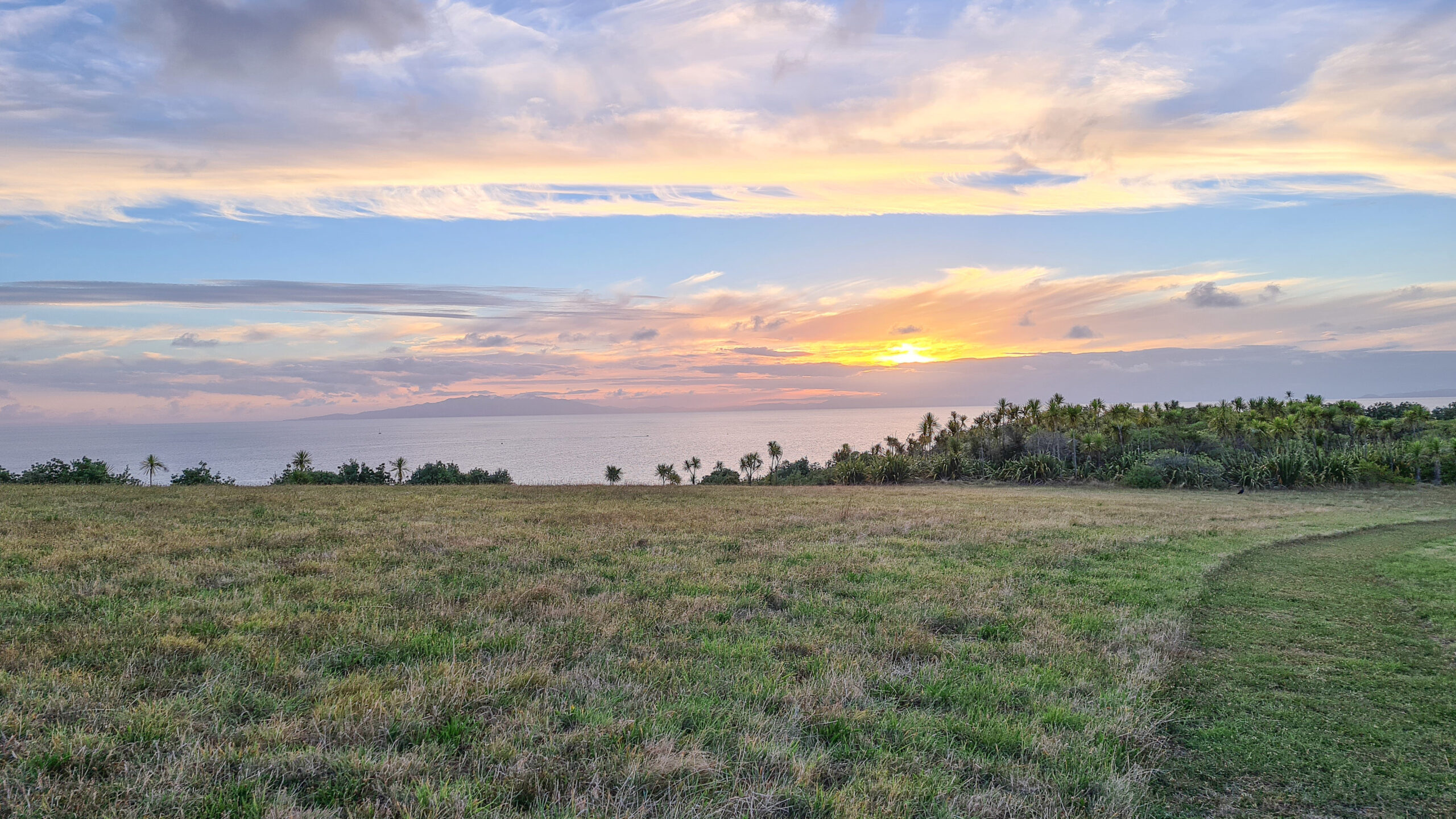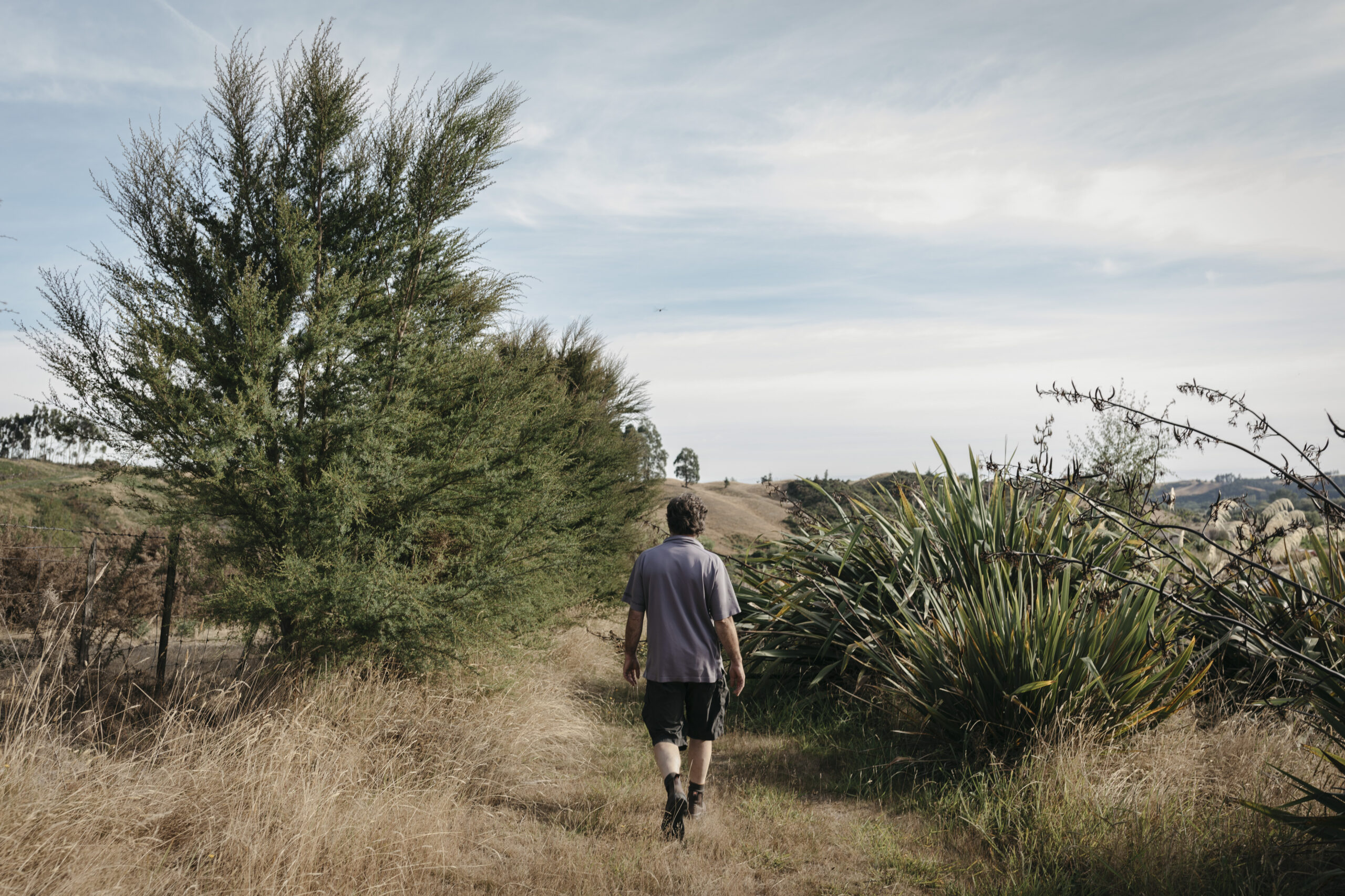Words and Photography by Clarissa Hirst
Take time out to hear the birdsong and spot the locals on this island paradise only a short ferry ride from Auckland.
There’s a soft rustling in the grass. In the red light of the torch, a distinctive bill and round, stocky body become visible.
Making its way towards a nearby flax bush, the creature disappears into the undergrowth to continue its nocturnal activity in peace.
While not every visitor to Tiritiri Matangi will be lucky enough to see a kiwi, the chances are dramatically increased by staying overnight.
There are plenty more enchanting encounters to be had during a weekend on this island sanctuary of greenery and birdsong, and they’ll be sure to stay with you long after you leave.

Encounter Native Birdlife
For those of us who struggle to ground ourselves in the present moment, bird watching is an exercise as effective as any yoga or meditation class, requiring you to switch on your senses and look around you.
Many of Aotearoa’s native birds can be found on the predator-free island.
Among its colourful locals are the toutouwai/North Island Robin, hihi/stitchbird, korimako/bellbird, tīeke/saddleback, pōpokatea/ whitehead, pūkeko/purple swamphen, tūī, kererū/ native pigeon, kākāriki and the elusive kōkako.
More than 100 little spotted kiwi live on Tiritiri Matangi, and DOC provides red cellophane and elastic bands for keen kiwi spotters to put over their torches so as not to disturb the creatures with bright light.
The island is also home to several takahē, distant relatives of the pūkeko that were once thought to be extinct.
Today there are only 445 of these threatened birds in the world, so it’s a special experience to encounter them in the wild.
Those who march around in haste will undoubtedly see many birds, but they’ll miss the magical moments: a quail indulging in a dust bath, a tūī failing to hold on to a particularly defiant insect, and a takahē chick emerging from the undergrowth.
Far removed from our world of instant gratification, Tiritiri Matangi is a place where patience is rewarded.

Explore the Island’s walking trails
If you haven’t visited the island before, take the 1.5hr guided walk led by a volunteer from the Supporters of Tiritiri Matangi, an extra $10 on top of your ferry ticket.
The guides have fascinating stories to share and will introduce you to some of the island’s flora and fauna.
Should you prefer to explore independently, there’s a network of walking trails worth investigating.
These aren’t hardcore tramping tracks; they’re easygoing, tranquil walks that are best enjoyed at a leisurely pace.
The quietest times are early morning and after 3pm.
Hobbs Beach & Kawerau Bush Tracks (approx. 1 hr): Skirt the coast and pass kororā (little penguin) nesting boxes before entering some of the island’s oldest bush, passing pūriri, whau (cotton) and pōhutukawa trees. Circle back and finish up with a swim at Hobbs Beach.
Wattle Track (approx. 30 mins): This track connects the wharf with the Visitor Centre and lighthouse buildings. Pause at the observation areas and watch the birds drink and bathe in the water troughs.
East Coast, Northeast Bay & Ngāti Paoa Tracks (approx. 2hrs) Enjoy splendid early morning views of Little Barrier and Great Barrier Islands. Contuinue to the pebbly Fisherman’s Bay and tranquil Pōhutukawa Cove, before passing flax-fringed wetlands and a pā site. Keen an eye out for a family of takahā.

Witness spectacular shows of light and sound
Staying overnight means you get to enjoy the island once the crowds depart, with the added bonus of experiencing the magic of dusk and dawn.
Sundown is best enjoyed with the pūkeko on the grassy embankment overlooking the DOC bunkhouse.
Accompanied by a symphony of birdsong, you’ll be treated to colour sunset views out to Rangitoto and the Auckland city skyline.
As darkness descends, the Tiritiri Lighthouse turns on a different kind of light show.
First lit in 1865, it’s the oldest lighthouse still in operation in New Zealand. You’ll awaken to the dawn chorus the next day, the sound of the island’s inhabitants greeting the day as mesmerising as the hues of the early morning sky.
A curious thing happens upon returning from Tiritiri Matangi.
You find yourself more aware of your surroundings; noticing sights and sounds you previously missed. It’s a testament to a place that reminds us to switch off screens and appreciate what’s around us.





